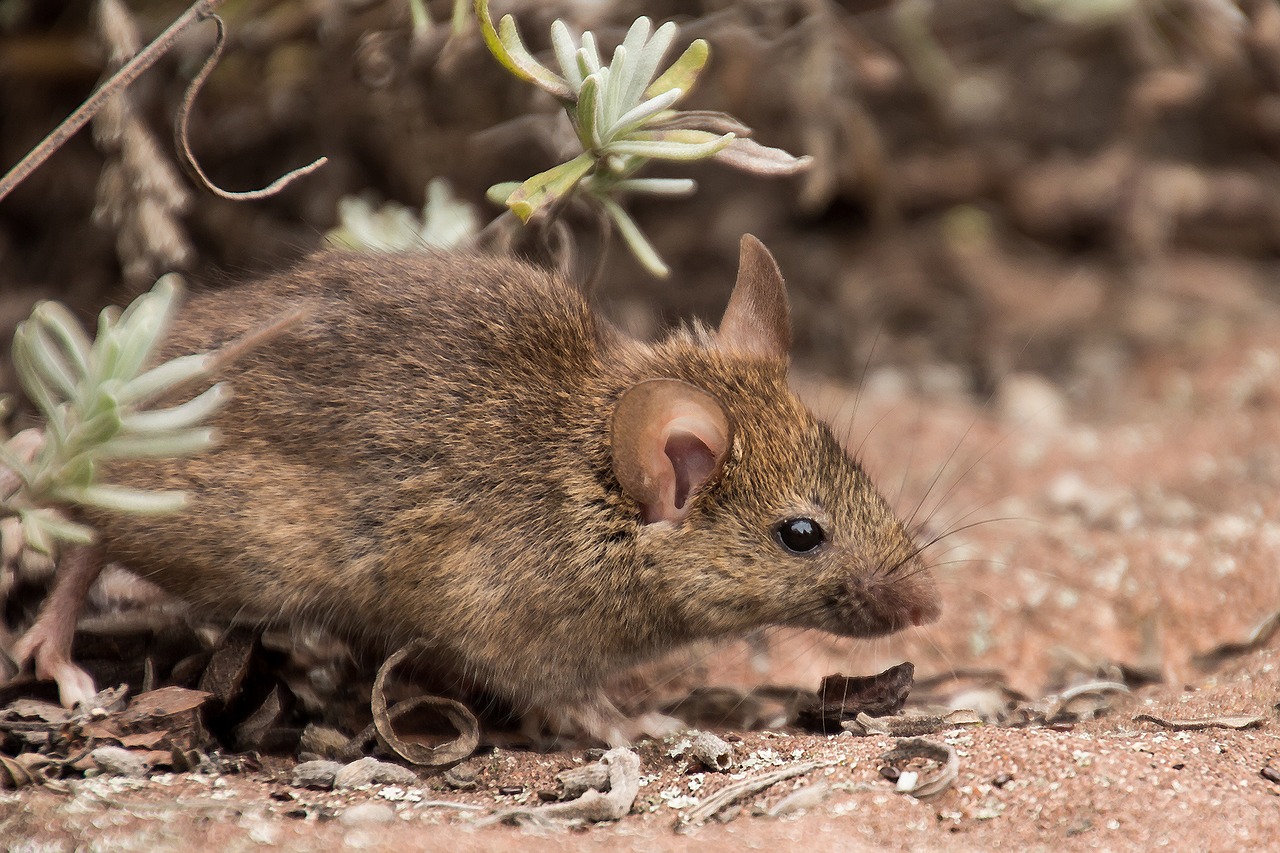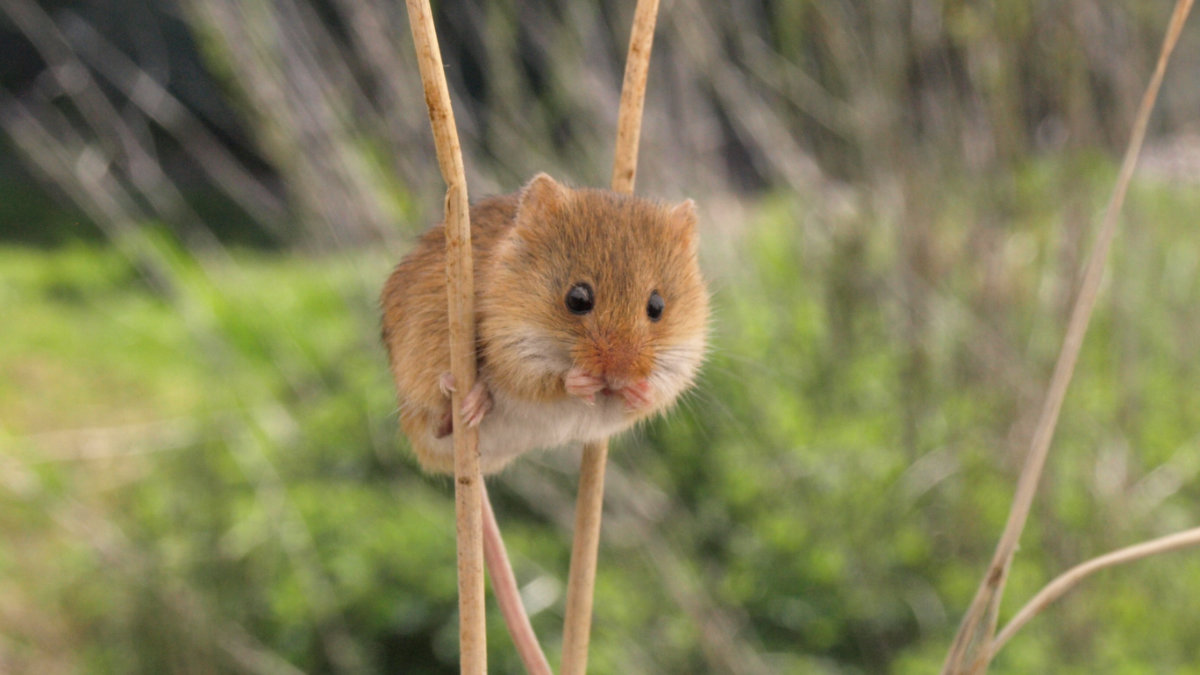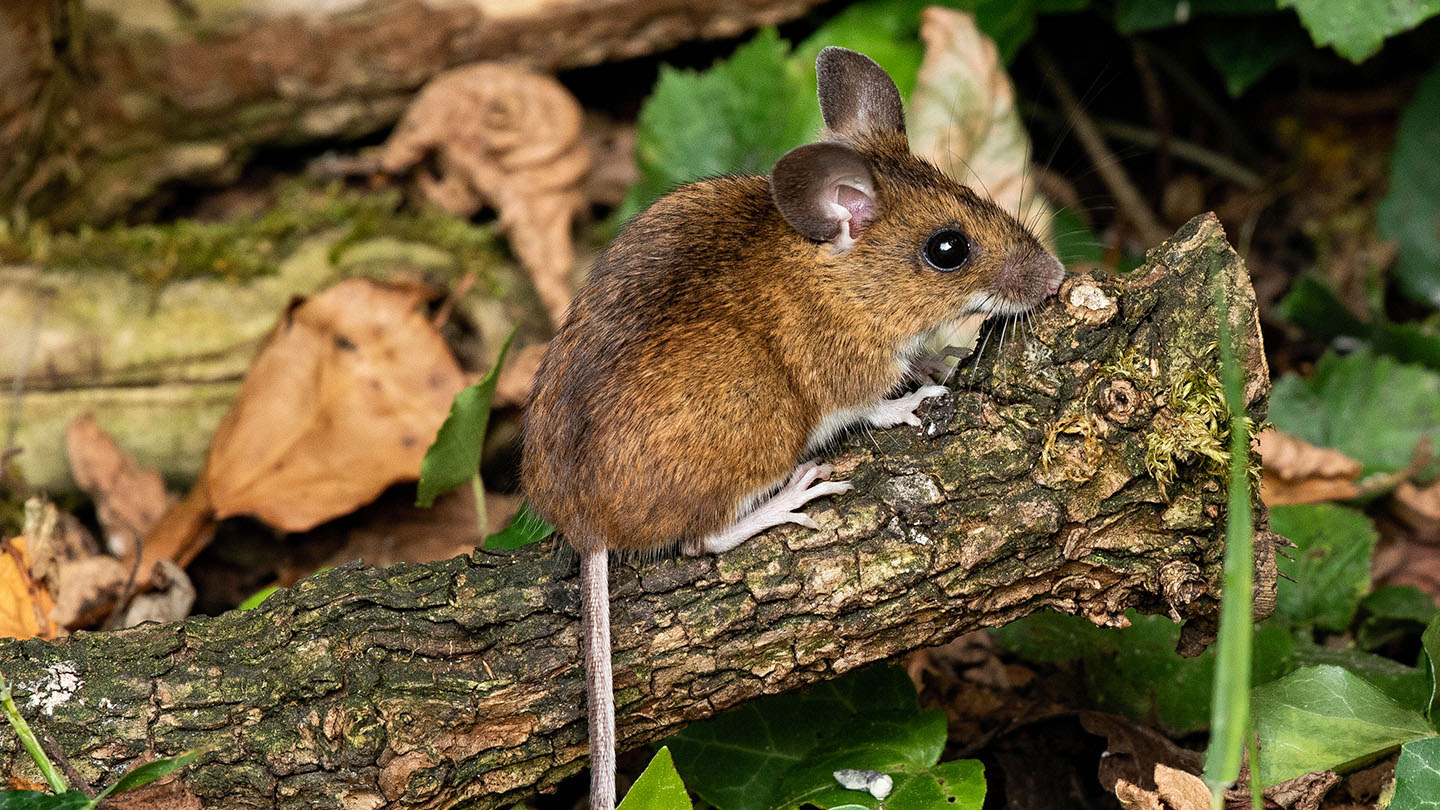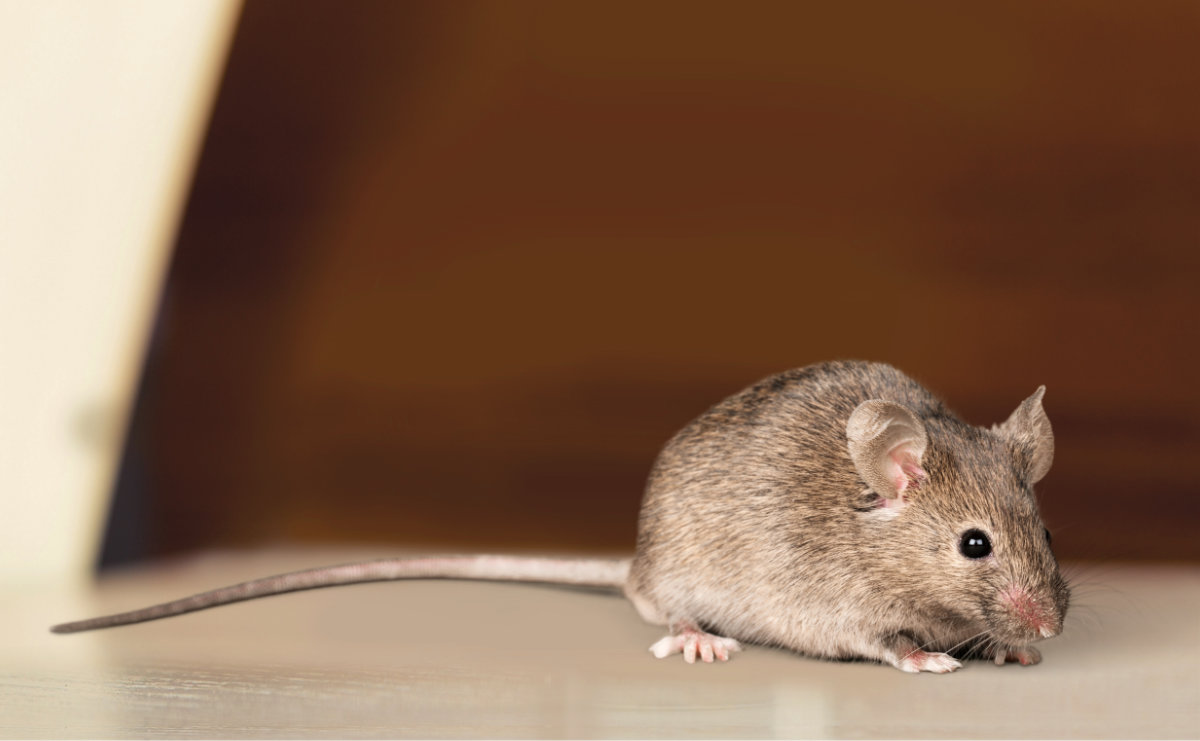
A mouse is a small mammal that belongs to the rodent family. It is a common sight in homes, offices, and other places. Known for its agility and swiftness, the mouse is a popular subject of study in many fields. In this article, we will explore the different aspects of the mouse in English.
The Anatomy of a Mouse
A typical mouse has a small, slender body with large ears and a long tail. Its fur color varies from gray to brown, and its belly is usually lighter in color. A mouse has four legs with sharp claws that help it climb and run with ease. Its eyes are small but keen, allowing it to see in the dark.
The Behavior of a Mouse

Mice are known for their quick movements and agility. They can run, jump, and climb with ease, making them difficult to catch. They are also social animals and live in groups known as colonies. Mice communicate with each other through a complex system of sounds and smells.
The Diet of a Mouse

Mice are omnivores and eat a wide variety of foods, including grains, seeds, fruits, and insects. They are also known to eat meat, such as small insects and other small animals. Mice have a very high metabolism and need to eat frequently to maintain their energy levels.
The Habitat of a Mouse

Mice are found all over the world and can adapt to a wide range of environments. They are commonly found in fields, forests, and grasslands, but can also be found in urban areas such as homes, offices, and warehouses. Mice build nests out of materials such as grass, paper, and cloth.
The Life Cycle of a Mouse

The life cycle of a mouse begins when a female mouse gives birth to a litter of baby mice, known as pups. The pups are born blind and hairless, but quickly develop fur and begin to explore their surroundings. Mice reach sexual maturity at around 6 weeks of age and can reproduce throughout their lifetime.
The Role of Mice in Science

Mice are widely used in scientific research due to their genetic similarity to humans. They are used to study a wide range of diseases, including cancer, diabetes, and heart disease. Mice are also used to test the safety and effectiveness of new drugs and medical treatments.
The Role of Mice in Culture

Mice have played a significant role in human culture for centuries. They have been featured in books, movies, and cartoons, such as Mickey Mouse and Tom and Jerry. Mice have also been used as symbols in many cultures, representing everything from fertility to cunning.
The Importance of Controlling Mouse Populations

While mice are fascinating creatures, they can also be a nuisance and a health risk. Mice can carry diseases such as Hantavirus and Salmonella, and can contaminate food and surfaces with their urine and feces. It is important to control mouse populations in homes and other areas to prevent the spread of disease.
Conclusion
In conclusion, the mouse is a fascinating and important creature that has played a significant role in human culture and scientific research. While they can be a nuisance and a health risk, mice are an important part of our ecosystem and deserve our respect and admiration.